Recycling containers and programs are steadily catching on in the United States. Every year, more cities and more Americans are getting involved with their municipal programs. For those who want to go even further with their green lifestyle, there are many more opportunities beyond recycling bins.
Composting: Nature’s Recycling Bins
Organic waste is a major component of the waste that ends up in landfills. By capturing yard trimmings, grass clippings, food waste, and other organics in a composter, people can have a huge impact on their environment. Composting reduces the amount of greenhouse gases that end up as emissions. Commercial fertilizer production is a major source of greenhouse gasses; residential composting severely reduces greenhouse gas emissions while being a near zero cost fertilizer for personal use.
Setting up a composter is very easy; any container will do. The only components needed to make compost out of waste are air, water, and time. Periodically turn over compost bins with a shovel or rake, keep the bins moist, and let natural bacteria do all of the work. The end product is a nutrient rich fertilizer that can be used on the lawn, garden, and anyone around the home.
Composting is the ideal complement to using recycling bins for plastic, metal, and paper waste.
Being Smart With E-waste
As more and more personal electronic devices are produced, more and more older models of electronics find their way into landfills. However, electronics contain a number of toxic substances including heavy metals. When introduced into a landfill, these toxins can leach out into the environment and the water supply. A truly effective green lifestyle requires the proper handling of e-waste.
The best way to manage e-waste is to contact local recycling centers and waste management program administrators. They can provide collection and disposal information to ensure e-waste doesn’t poison the environment.
Tackling Plastic Bag Waste
The Environmental Protection Agency estimates that the United States consumes about 380 billion plastic bags every year. Unfortunately, only about 5 percent of those bags end up in recycling bins. The balance ends up occupying the dwindling available space in landfills where they take centuries to decompose. Tackling the challenge of managing plastic bags will have a significant impact on managing landfills in years to come. In fact, some cities have even banned grocery stores from handing them out.
Ideally, these items should be reused when at all possible. Reusing them at the grocery store keeps them out of landfills. Other options include buying a reusable tote bag for carrying home groceries. These totes are inexpensive and many retailer offer a credit for their use, allowing consumers to earn their money back while helping the environment.
Bags that end up as waste must find their way into recycling bins. There they can be reused as building material. Recycled plastic lumber can be used to make park benches and patio furniture while recycled fibers can be woven into synthetic textiles.
Truly responsible green living doesn’t stop with recycling bins; green living goes much further into all aspects of life.














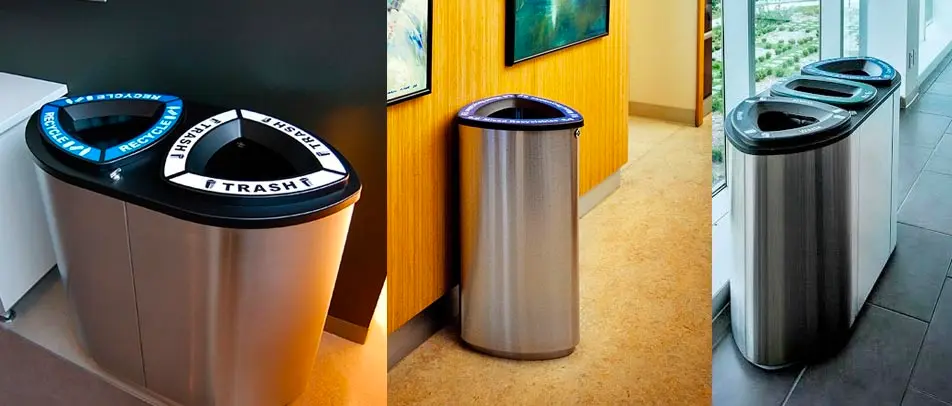
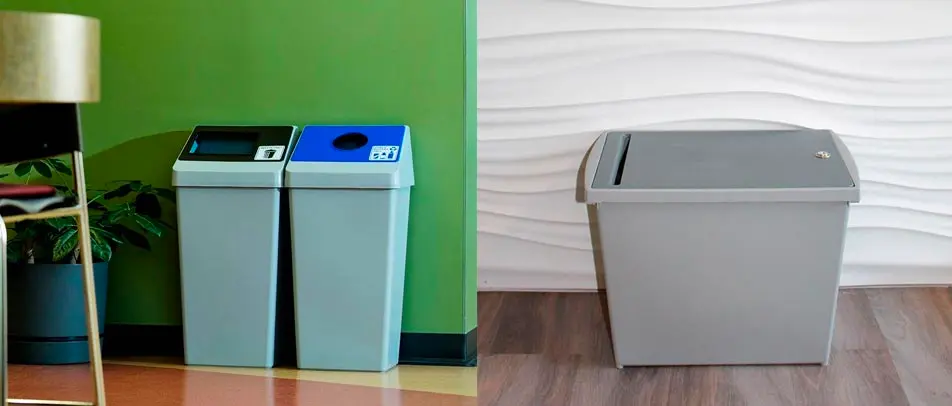


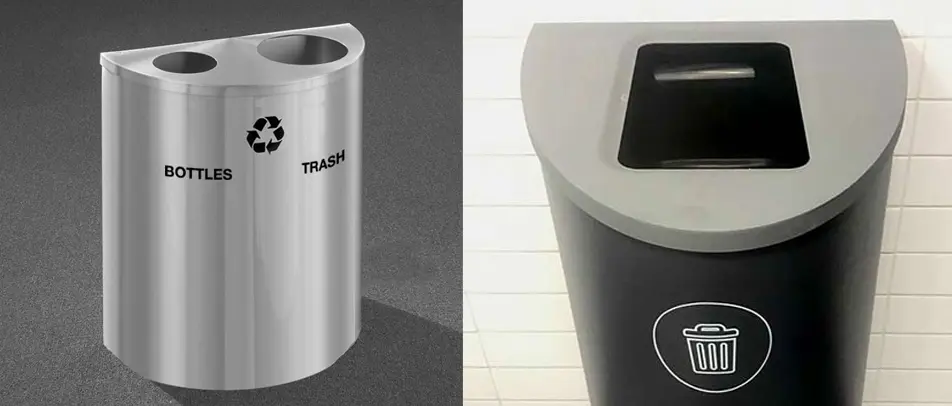


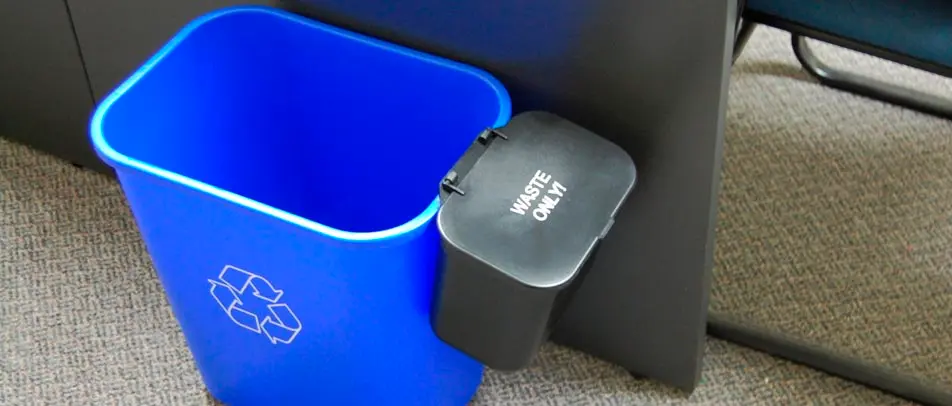
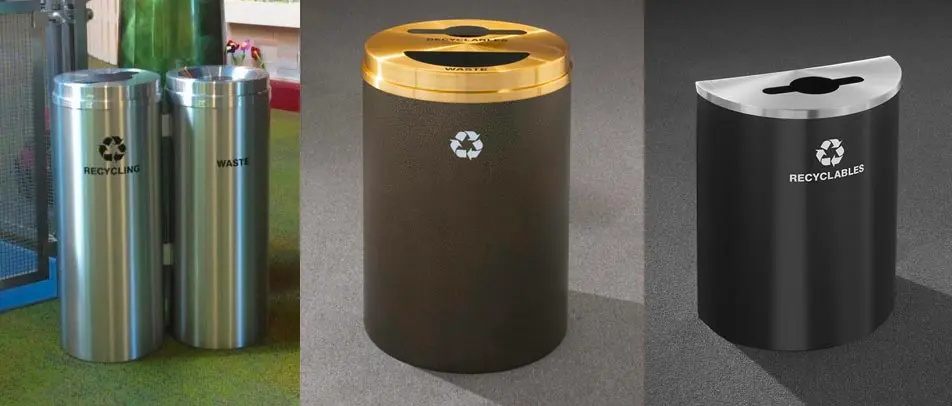
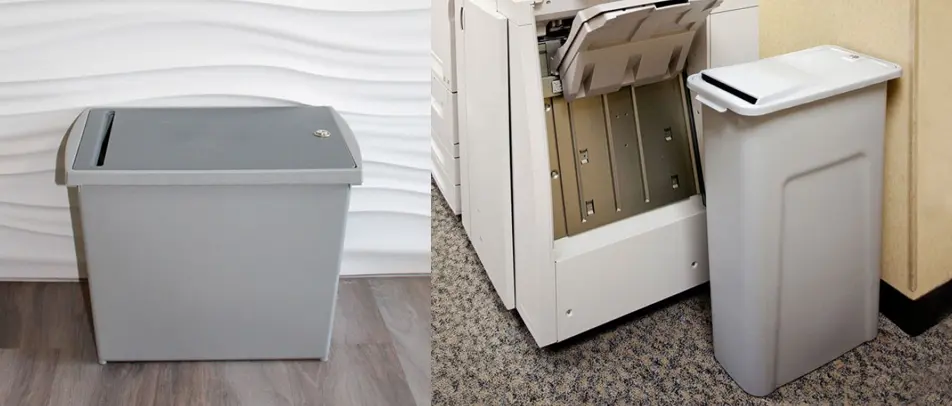

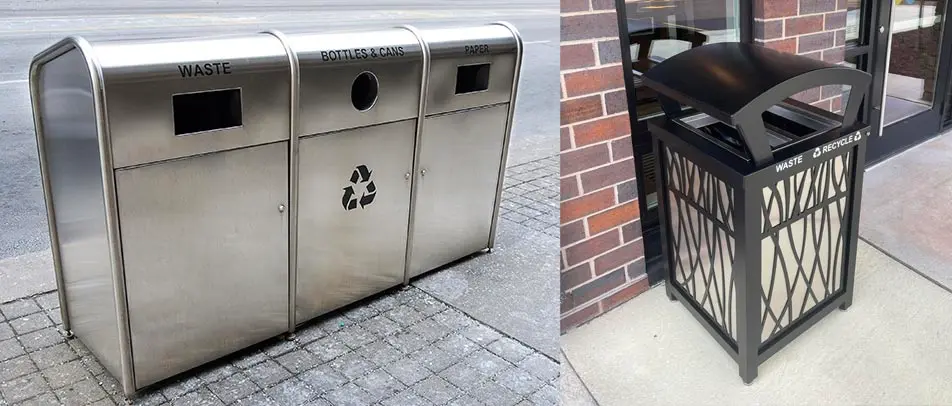



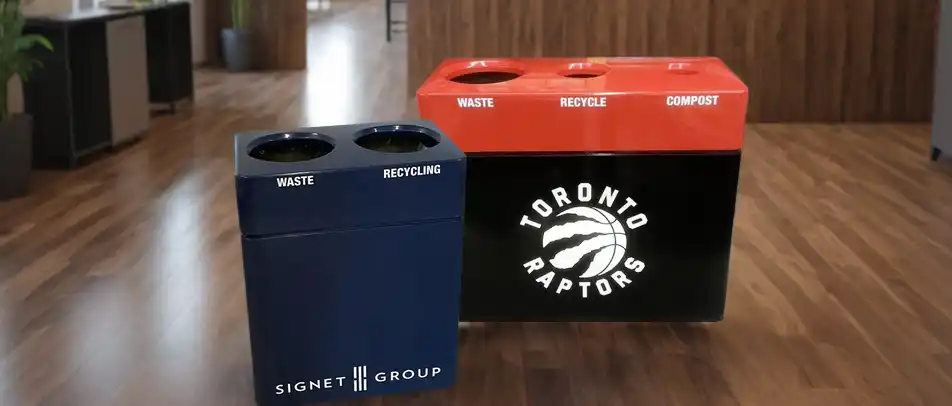



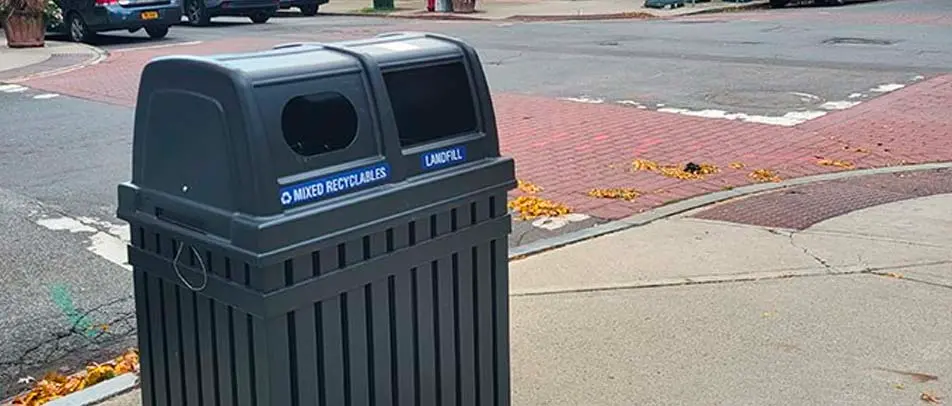
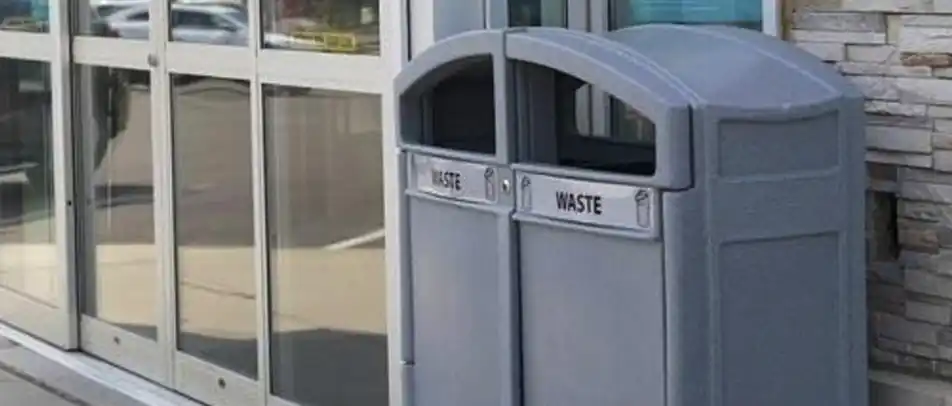
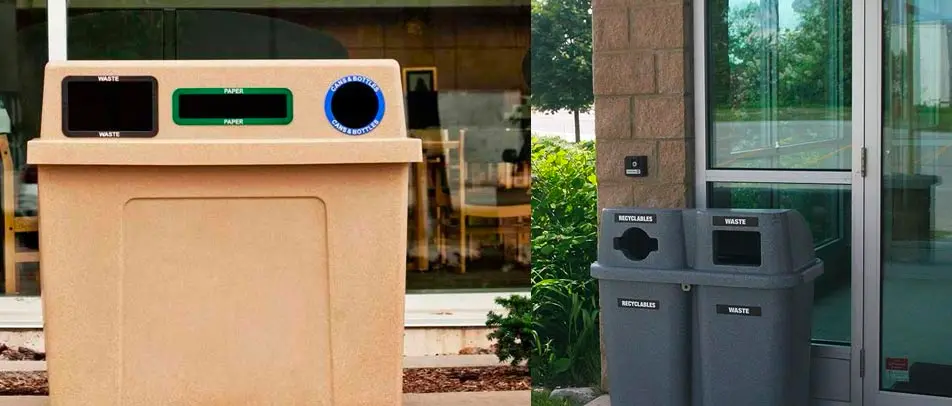
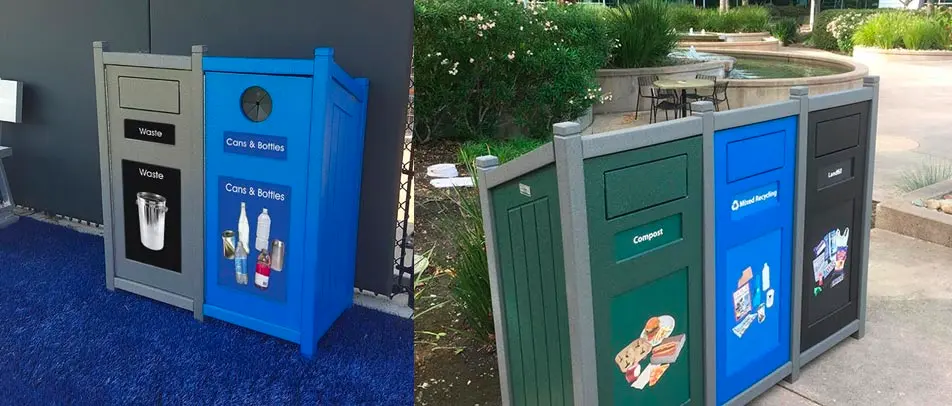
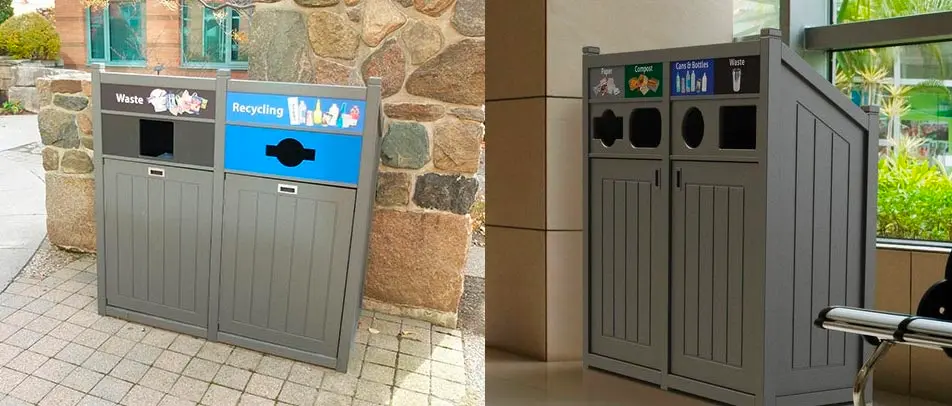



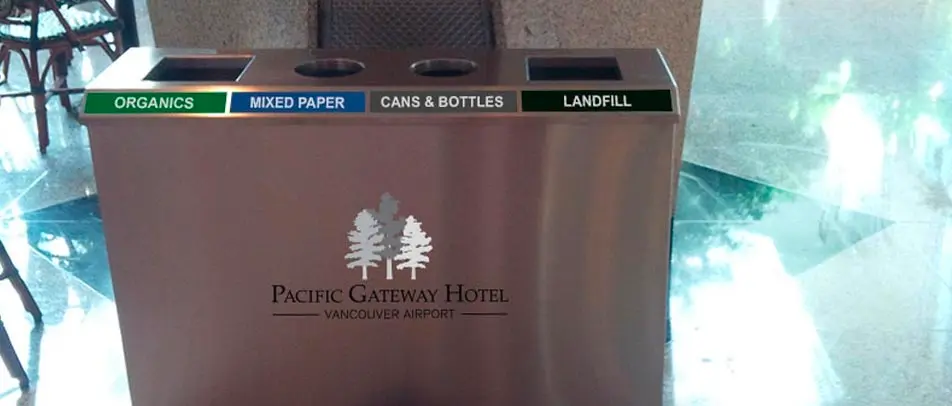

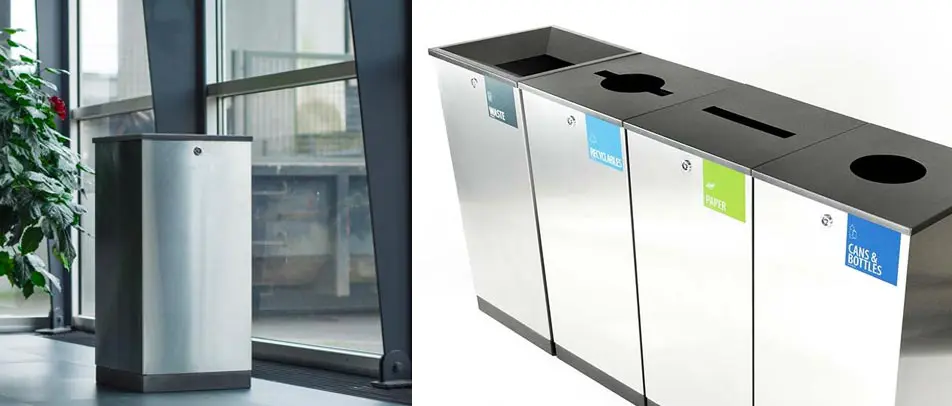
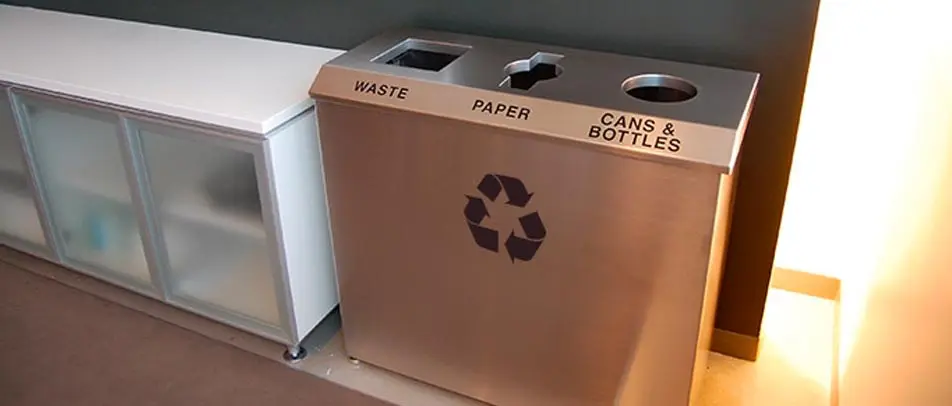
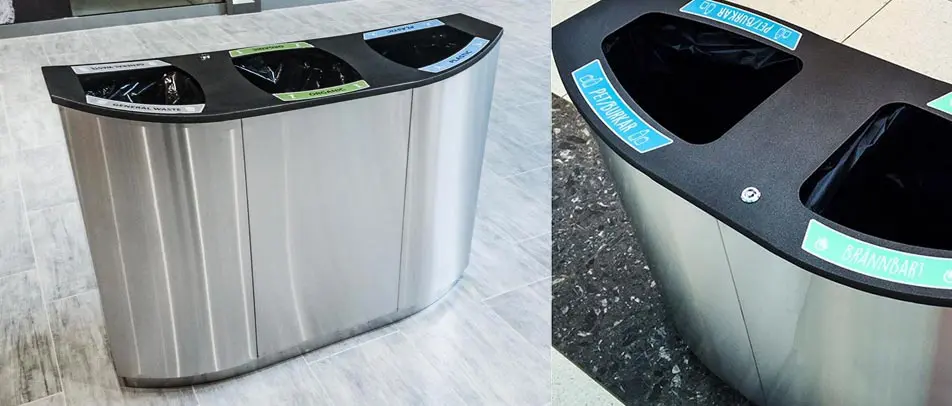

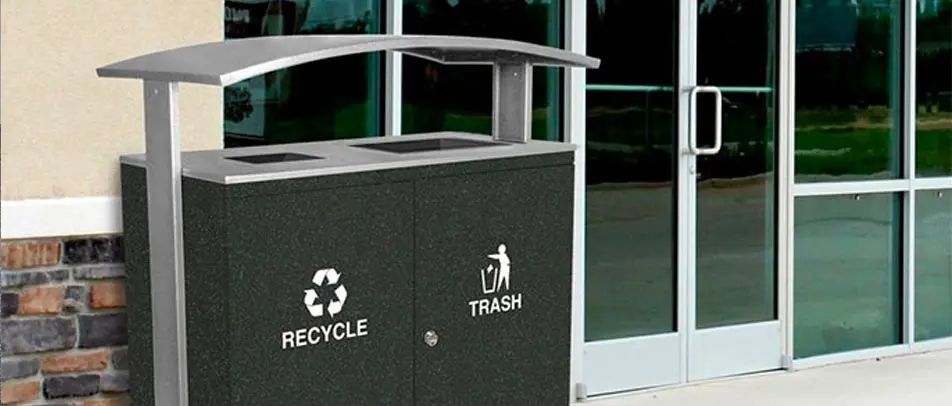
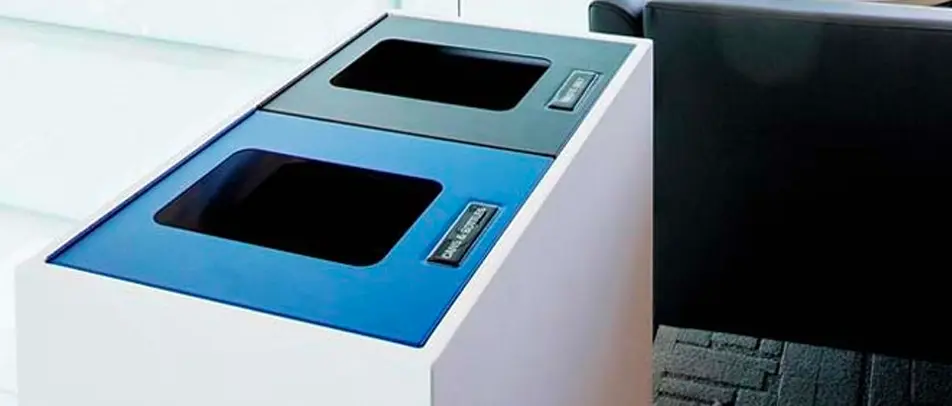
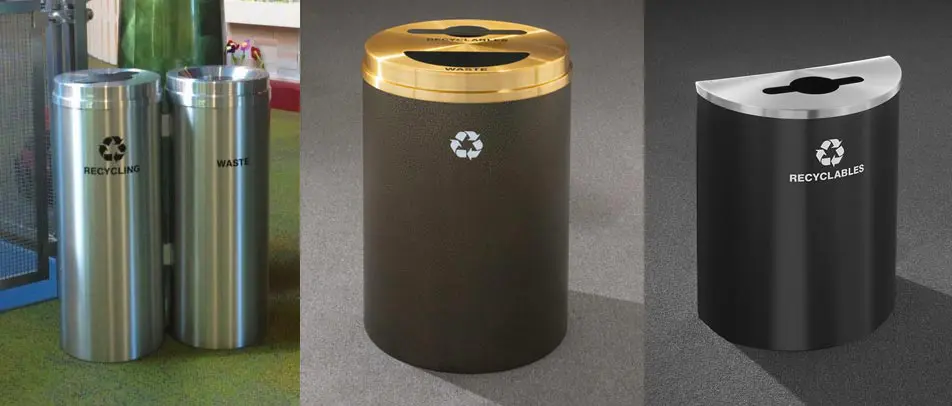

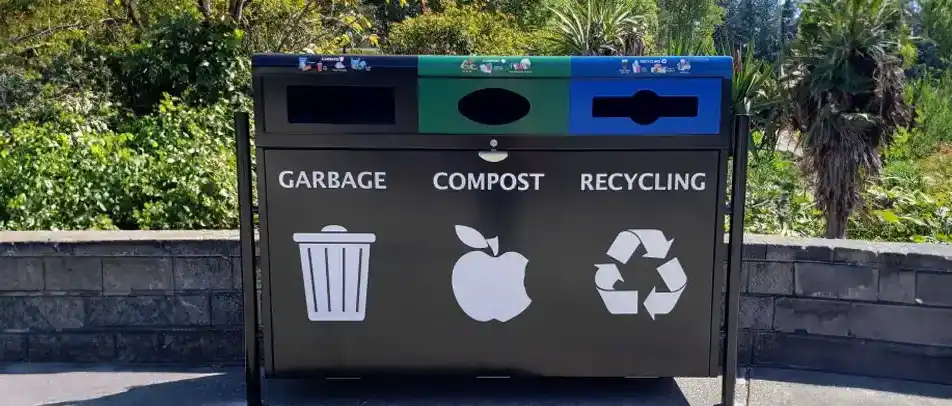
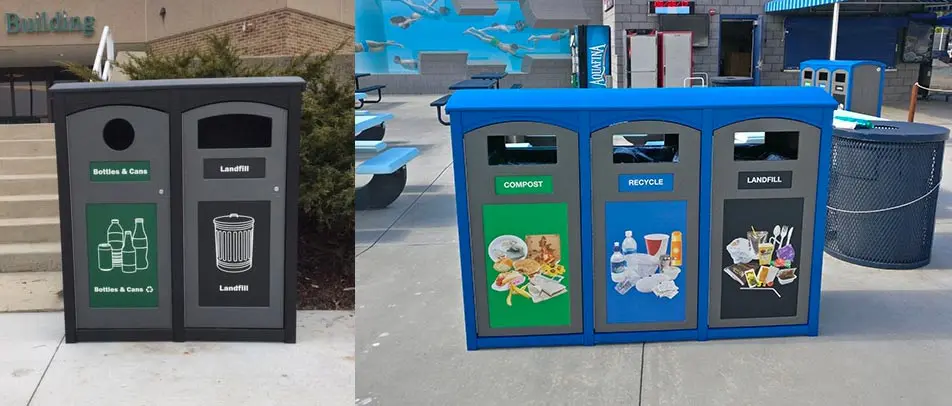
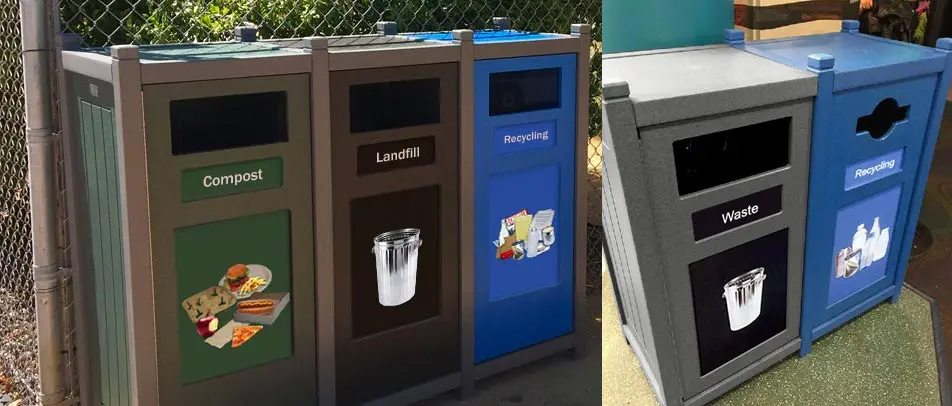


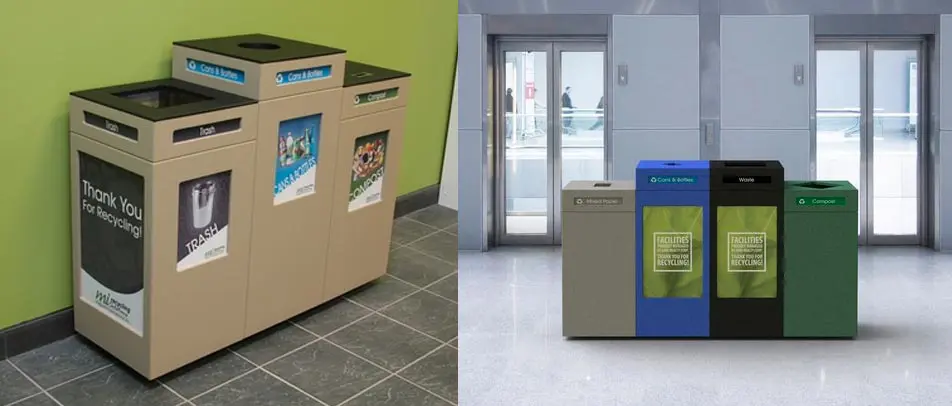
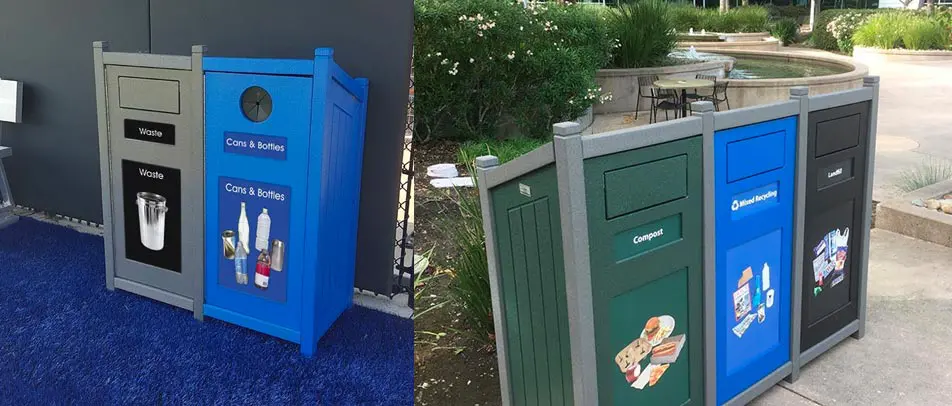
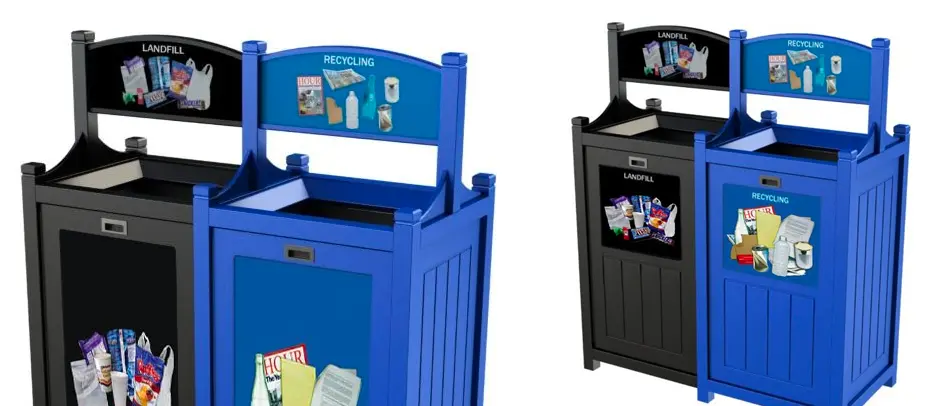


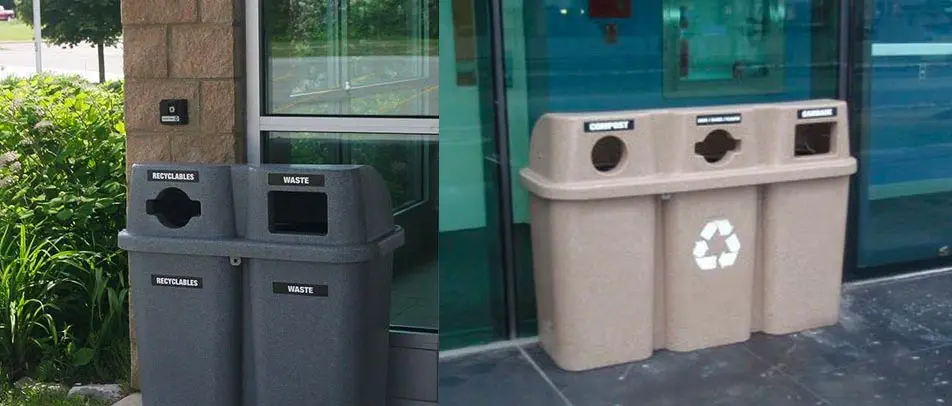
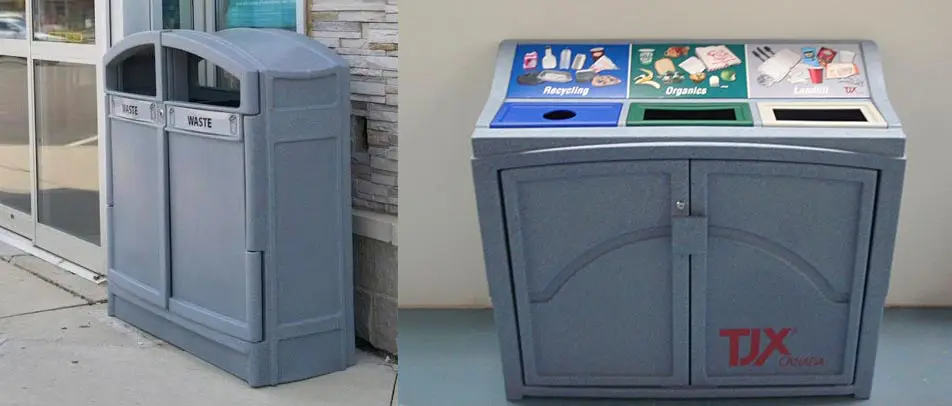
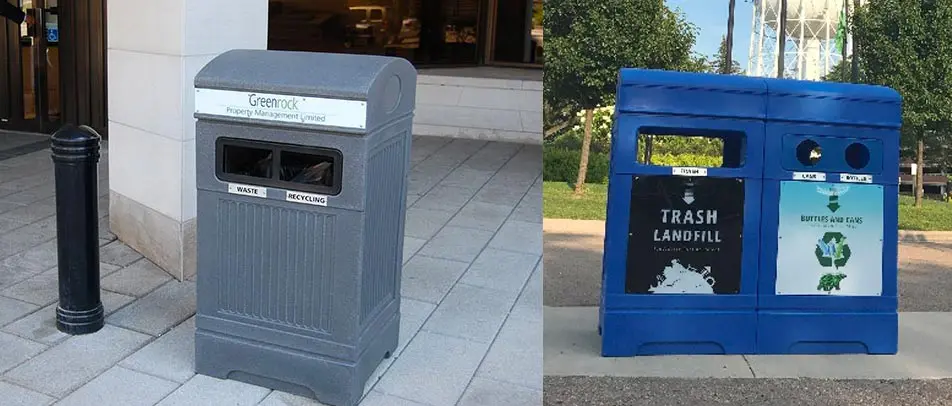
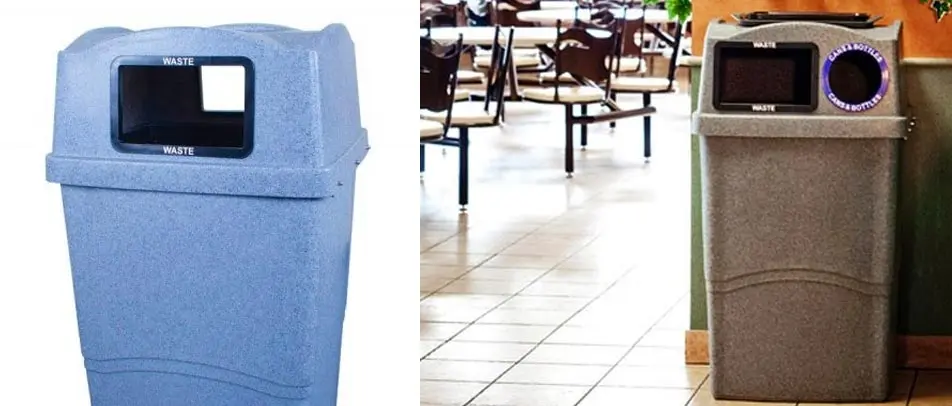
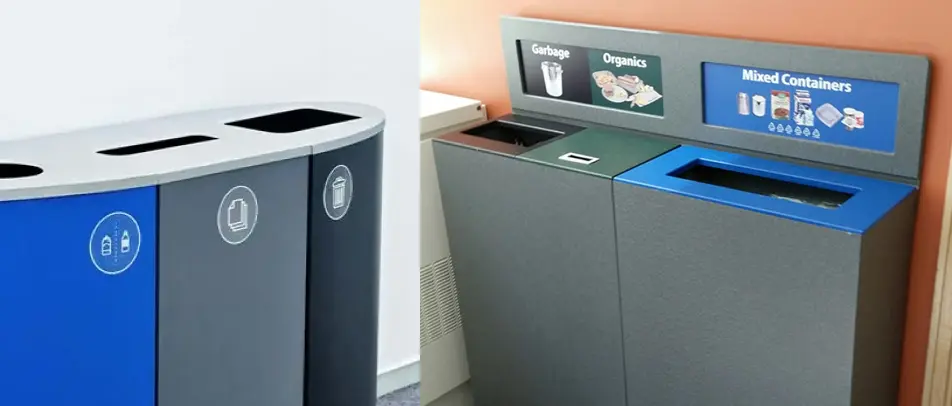
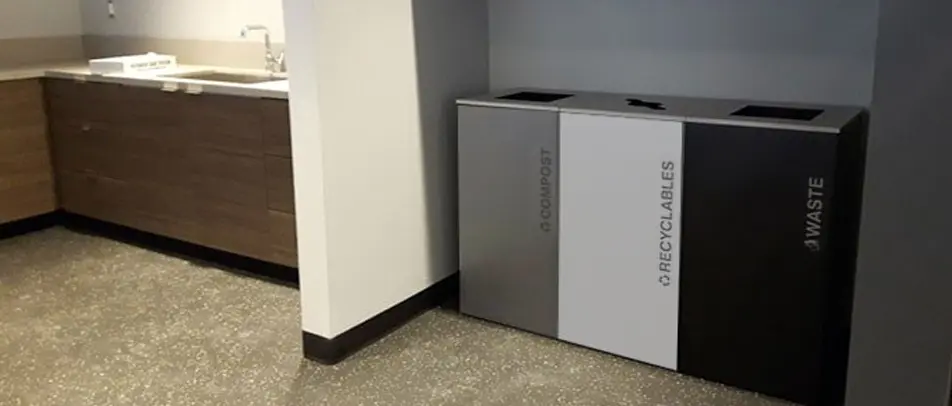
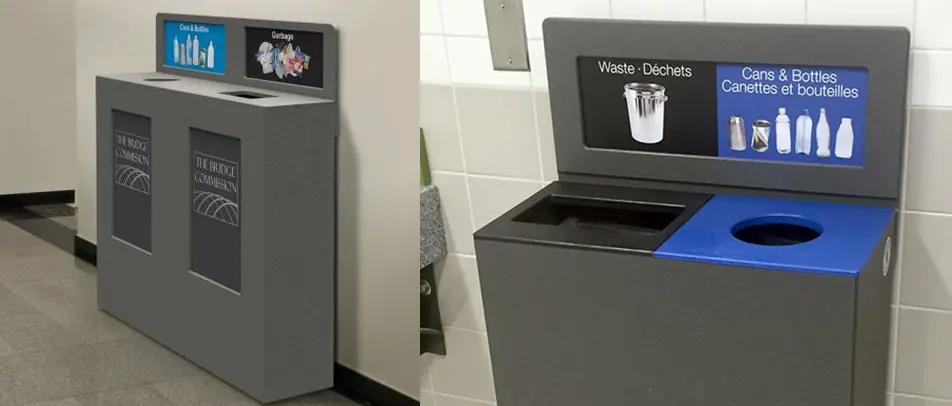
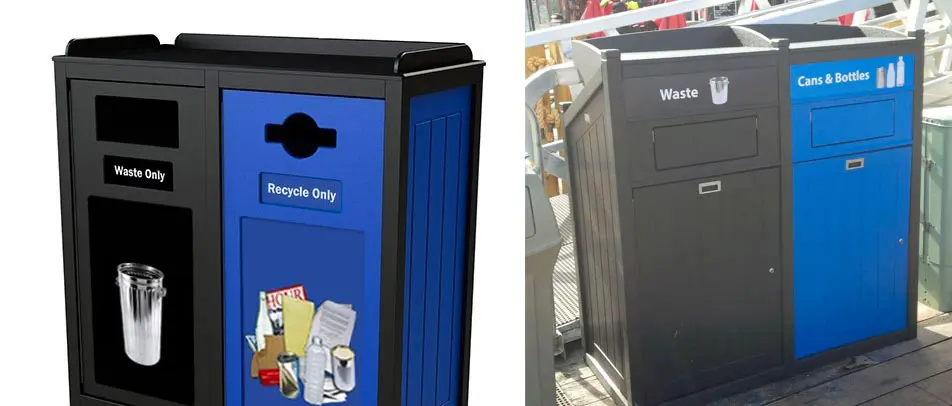
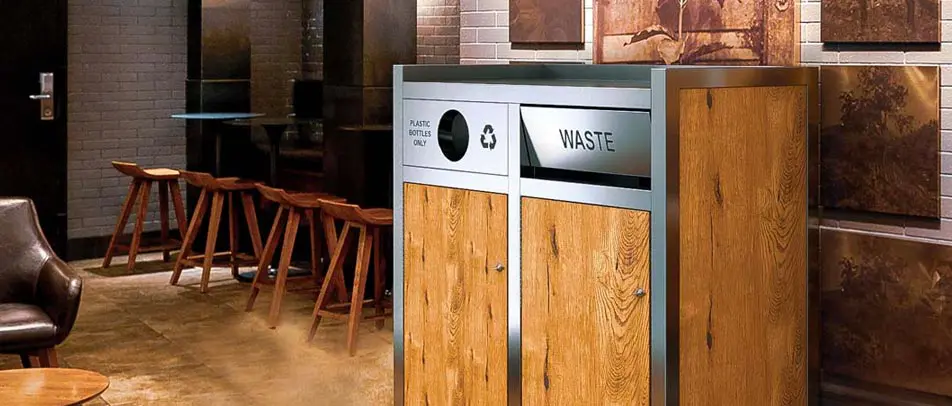





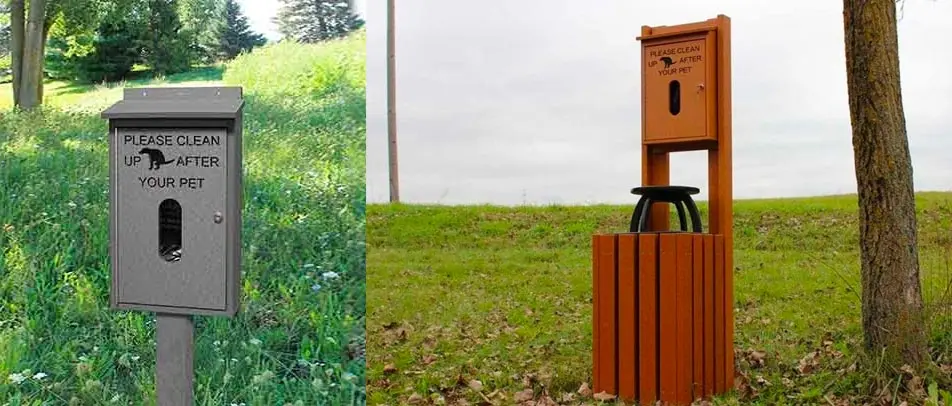


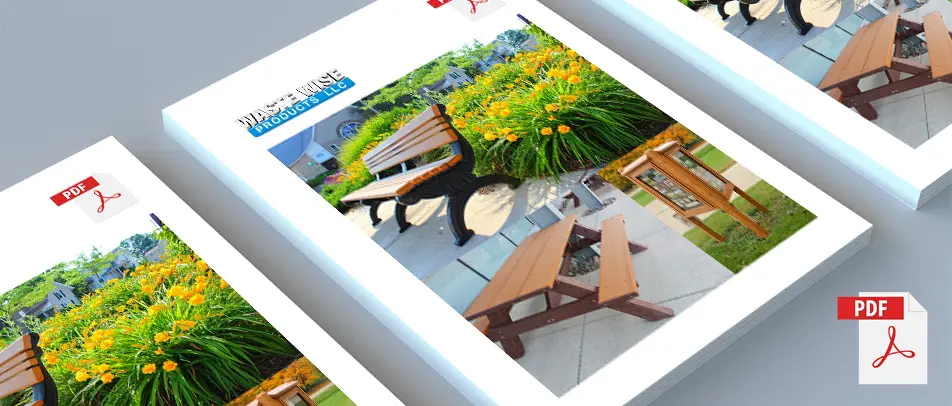

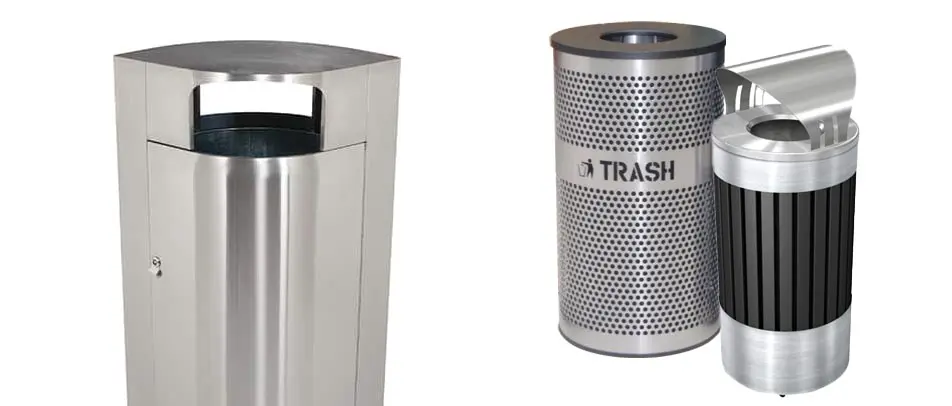

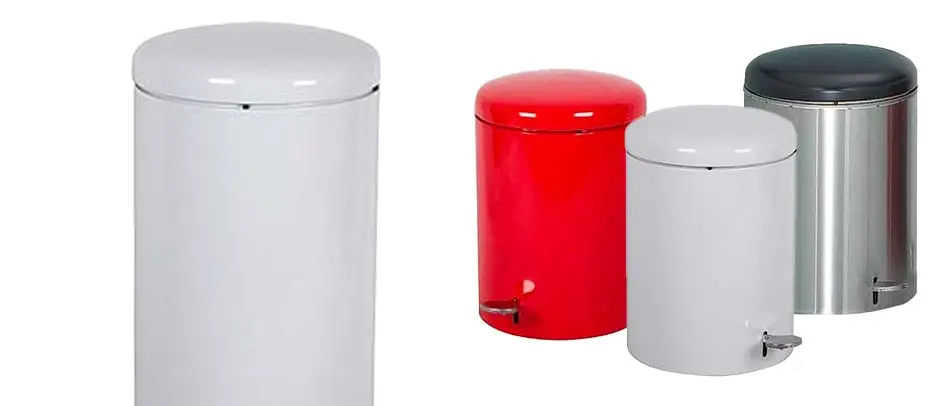





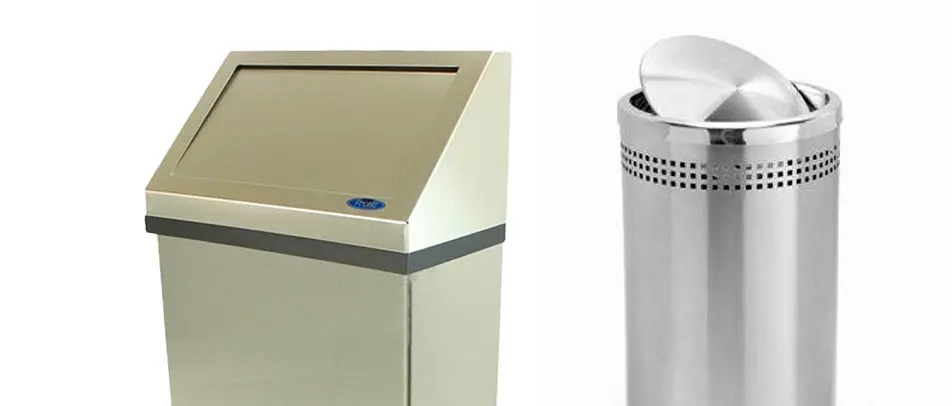

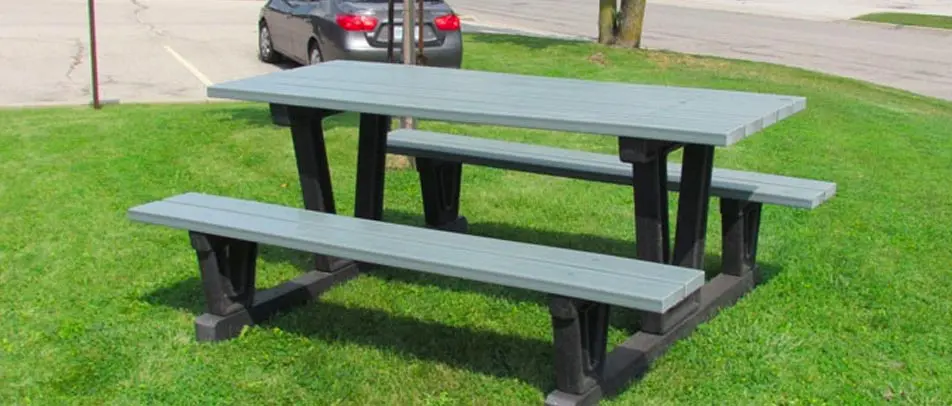





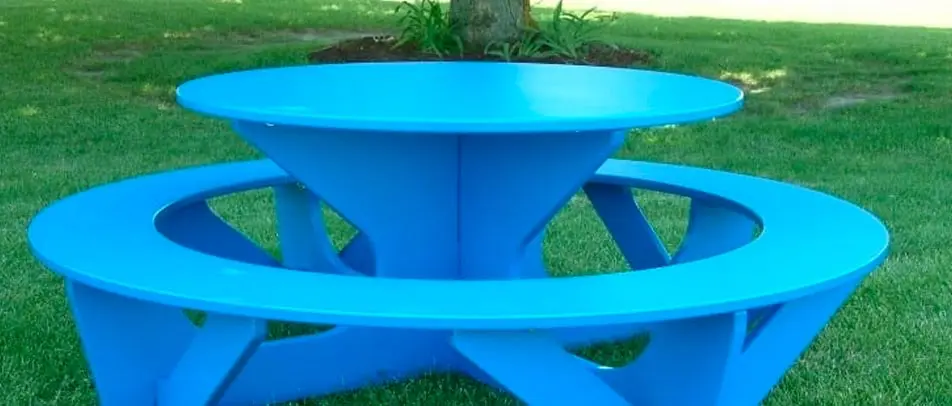
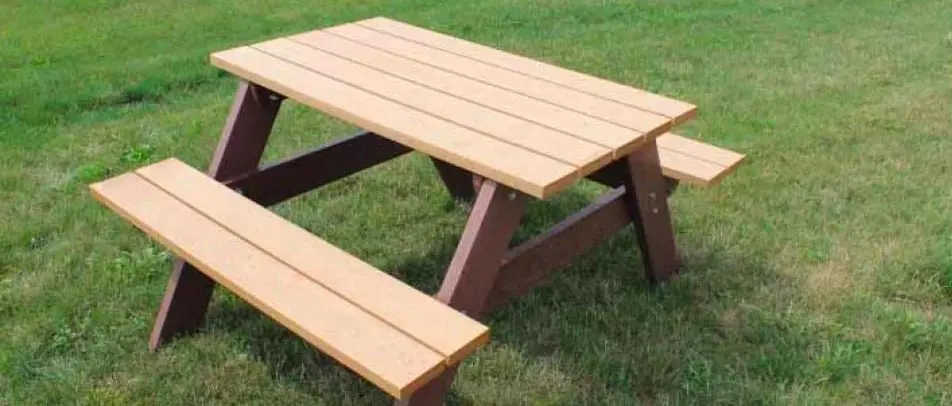
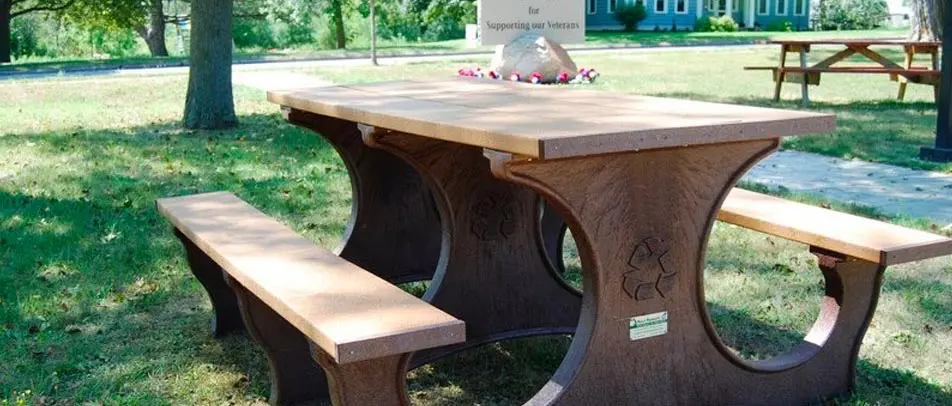
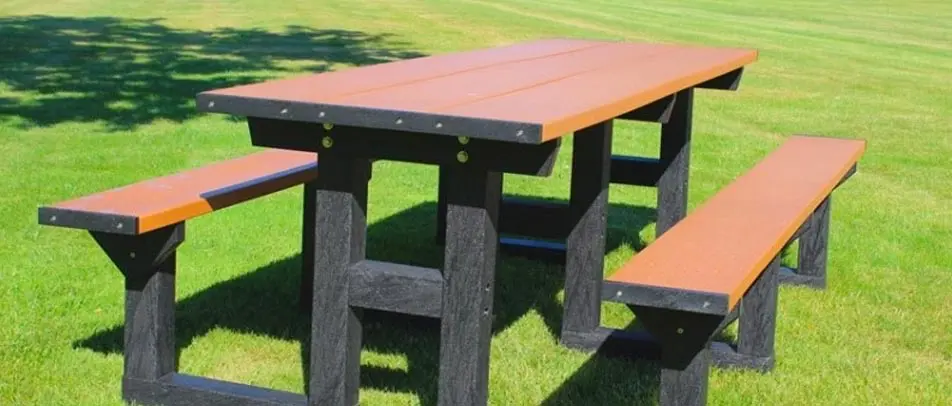

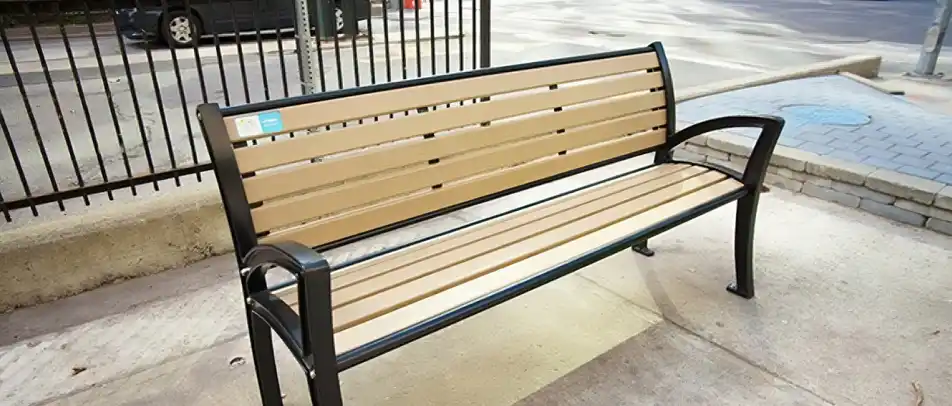


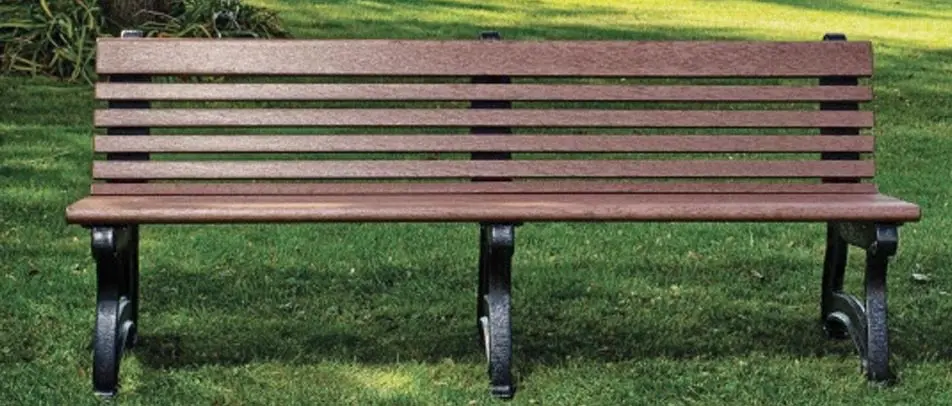
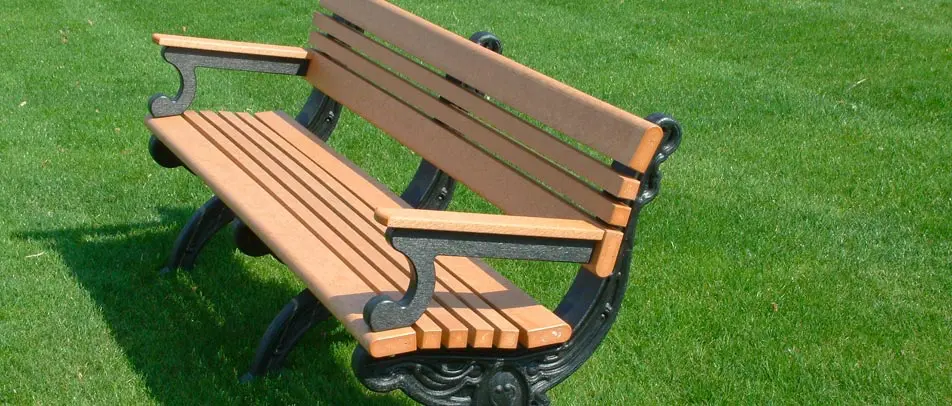
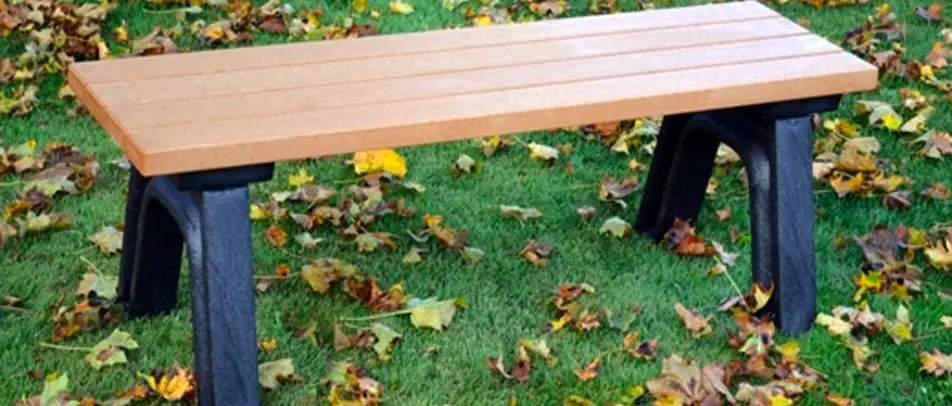
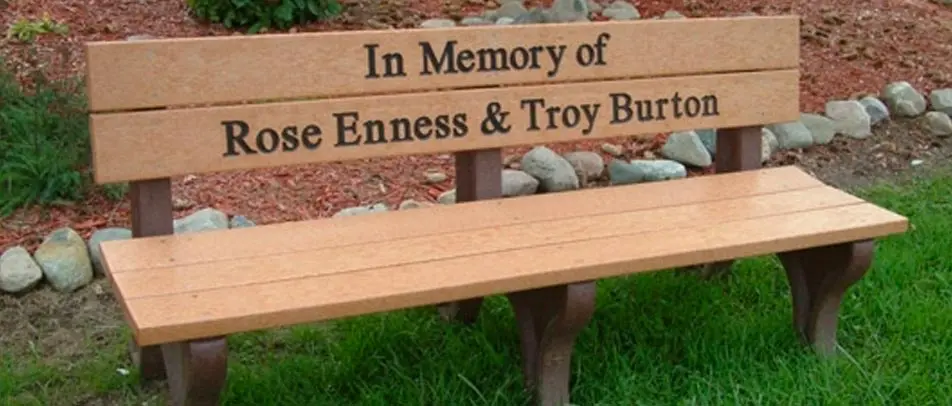



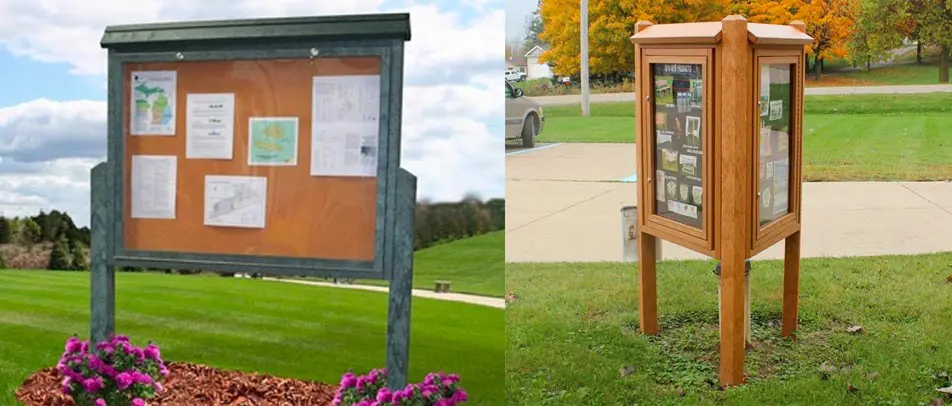
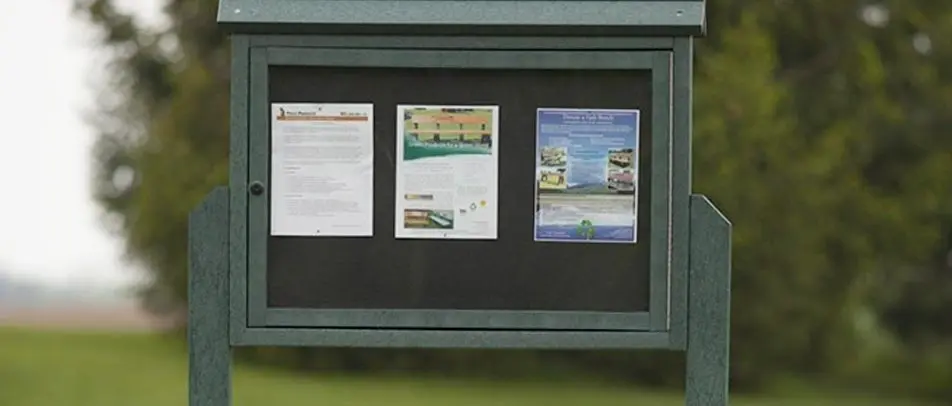
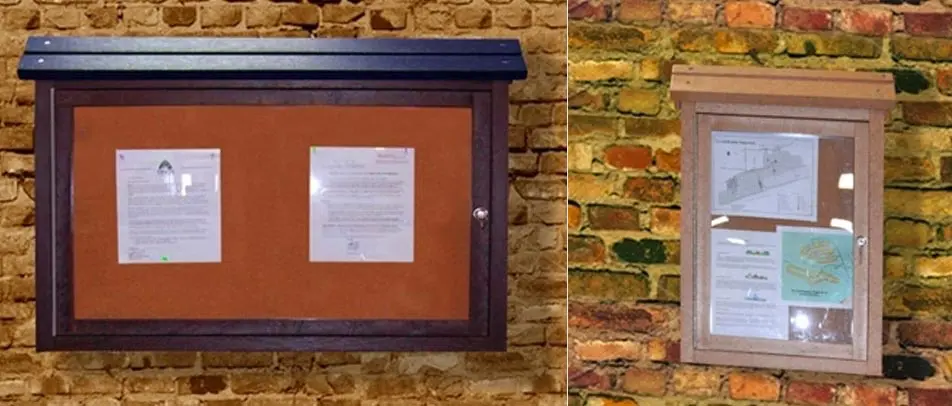


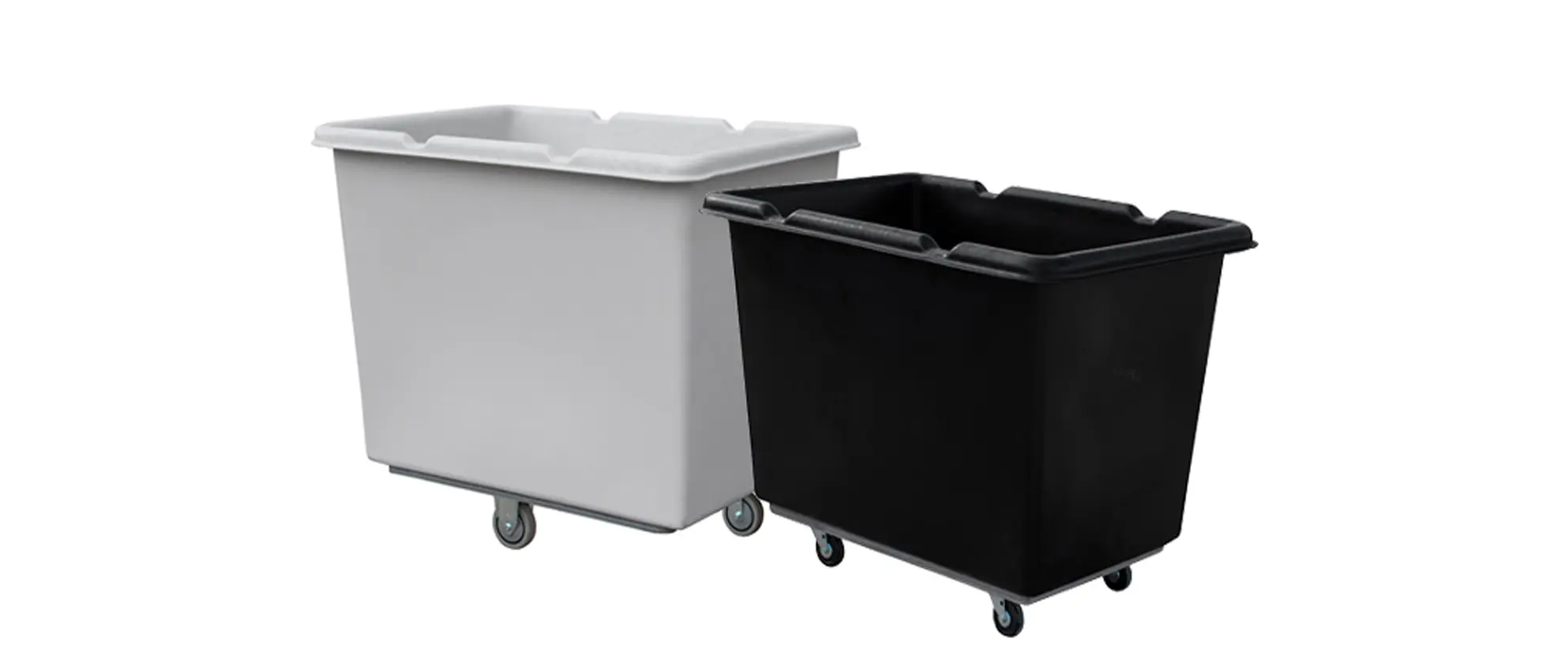




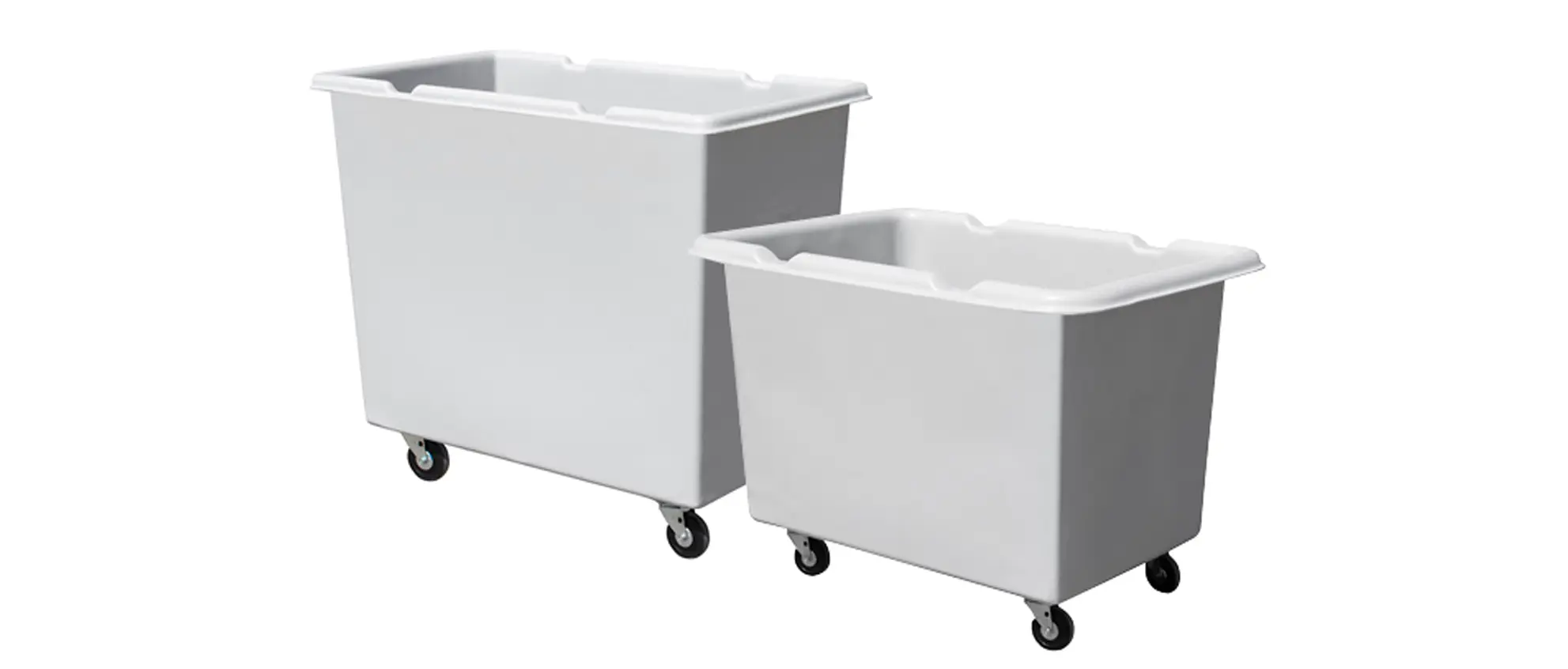


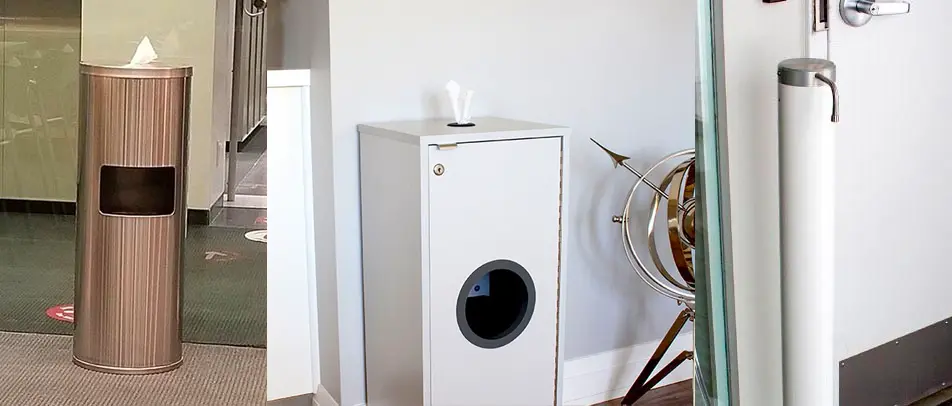
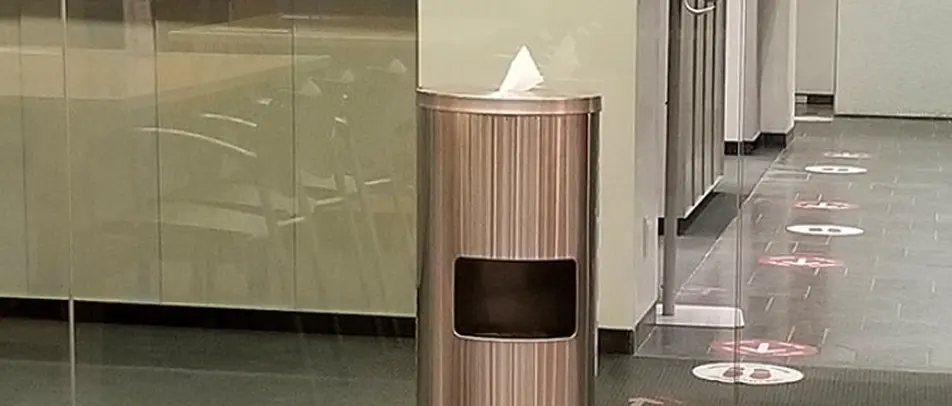


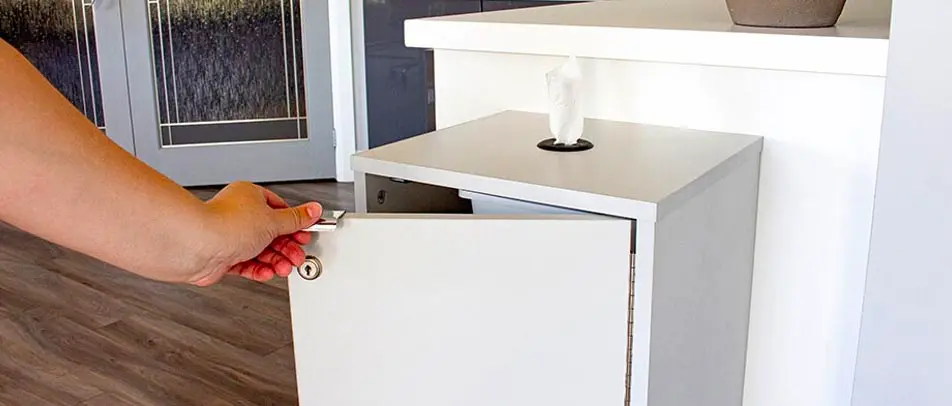
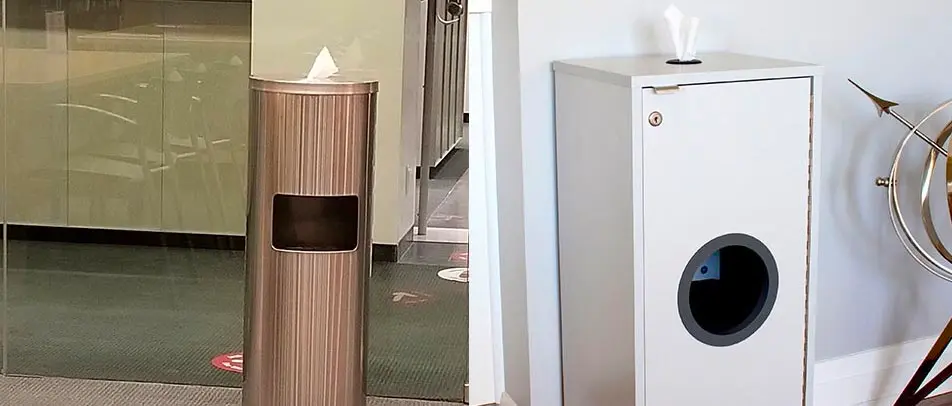


 Three Ways to Engage Teams and Clients to Maximize Your Recycling Program Engagement
Three Ways to Engage Teams and Clients to Maximize Your Recycling Program Engagement  How to Integrate Accessibility Into Your Sustainability Planning
How to Integrate Accessibility Into Your Sustainability Planning  Why Park Benches Can Promote Workplace Well-Being
Why Park Benches Can Promote Workplace Well-Being 
